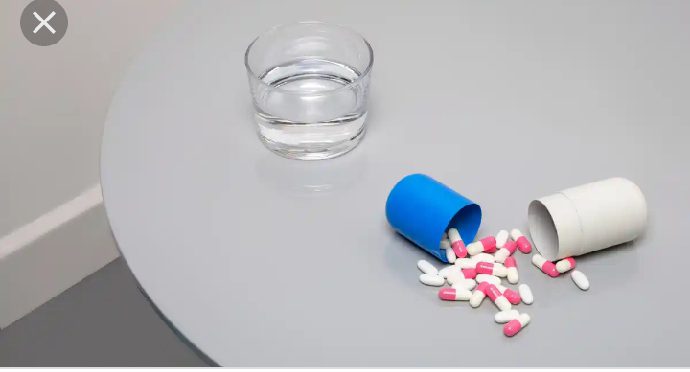Global Issues
3D Printing And A Bright Future Of Medicine -By Saifullahi Attahir Wurno
3D printing has the ability of precise micro-controlling, and can obtain different release profiles by controlling the external shape and internal structure of tablets. In addition, high precision of 3D bio-printing technology enables it to build ‘organs’ or organ-on-a-chip that mimic the normal physiological functions of the human body.

Hannatu* was an elderly woman aged 65 who suffers from a rare form of Breast Cancer that paralyzed her life and negatively affects that of her grown up children by restricting their movement from attending workplace for been in her constant company seeking medical attention. From her medical history the disease begins as a form of innocent lump in the outer upper quadrant of her left mammary gland which doesn’t usually get the desired attention not only from her but generally from the public for the lack of public awareness about breast cancer which is another subject of discussion on its own. Her explanation as to the negligence was that looking as how grown she was and the long period she gave up breast feeding was a natural reason for the lump appearance which she hopes may disappears by its self, indeed Hannatu makes a terrible mistake of not alerting even her closest and only female child who despite been married but frequently visited her.
During my first year in college while on a visit to Rasheed Shekoni Teaching Hospital Dutse, I happened to know about the grieved Hannatu family who were struggling with doctor’s visit almost thrice a month with no visible improvement. Her condition was deteriorating and the cancer had already metastasized in to her lungs causing significant respiratory distress.
Looking at the rapid deteriorative condition the patient was in the Doctors decided to referred her to ABU Zaria Teaching Hospital to meet another superior Oncologist. While in Zaria Hajara received all sort of drug therapy and interventions for her conditions but to no avail, the Shika Consultant explained the reason as that all breast cancer chemotherapy developed and approved as of that moment couldn’t matched with her body cells and organs making it difficult to have positive response. Finally the physician offer some palliative therapy and advised Hannatu to wait for few more months for the development of a drug that may match with her cells, unfortunately She died 3 months later.
3D printing is an emerging technology developed originally by Charles Hulls 1980’s which has wide variety of applications in several technological aspects of life, but it soon received attention especially from the Tech-Med industries that revolutionized the development of pills (drugs) with complex structures by simply adding active pharmaceutical ingredients (API) layer by layer through computer aided design (CAD) and fused deposition modeling (FDM) which allow a drugs to be design according to the nature of cellular and extracellular matrix of each individuals, this makes it possible to design therapy according to the specific need of a patient unlike the conventional way of mass drug production that end up not matching many patients with similar symptoms but differ in a slight anatomical or genetic makeup.
3D printing has the ability of precise micro-controlling, and can obtain different release profiles by controlling the external shape and internal structure of tablets. In addition, high precision of 3D bio-printing technology enables it to build ‘organs’ or organ-on-a-chip that mimic the normal physiological functions of the human body. These ‘organs’ or organ-on-a-chip can be utilized in drug testing, this can effectively reduced the threat poses by introduction of whole tested drugs in to a full human individual during clinical trials stages which in many cases produce more harm than good to the client apart from other ethical issues even though informed consent are obtained.
Example of a 3D printing drug is Spritam developed to cure epilepsy which was already approved by FDA (Food and Drug Administration), a US Agency responsible for approving new manufactured drugs and the largest global regulatory body with such responsibility. More promising development in 3D pills was under way to cure diseases like Diabetes, Cancer, and many Neurological conditions.
Finally, it’s therefore essential for student, researchers, institutions, and Governments to delve in to this potential area in order to help the world in alleviating highly distressing pathological conditions that continued to eat away thousands of lives and billions of Dollars annually in wastage of drugs that are not specific for individual’s body requirement.
Saifullahi Attahir, a 300L Medical student, Fed. University Dutse.
Email : saifullahiattahir93@gmail.com
Phone : 08066084484
Reference:
1- 3Dnatives.com
2- xiao zhu et al, science direct.com/
3- medicalfuturist.com/
4- startus- insights. com/



















